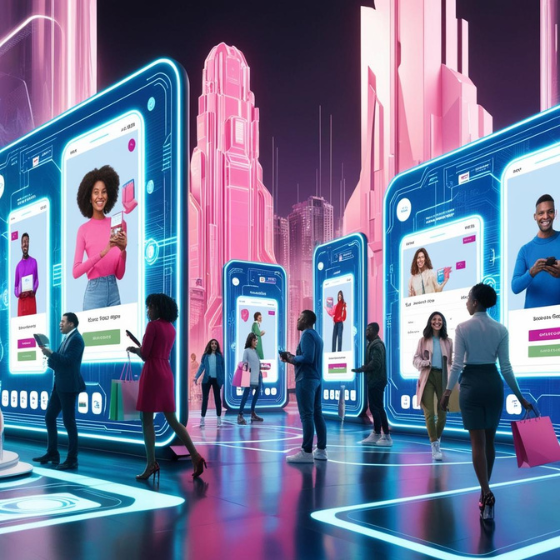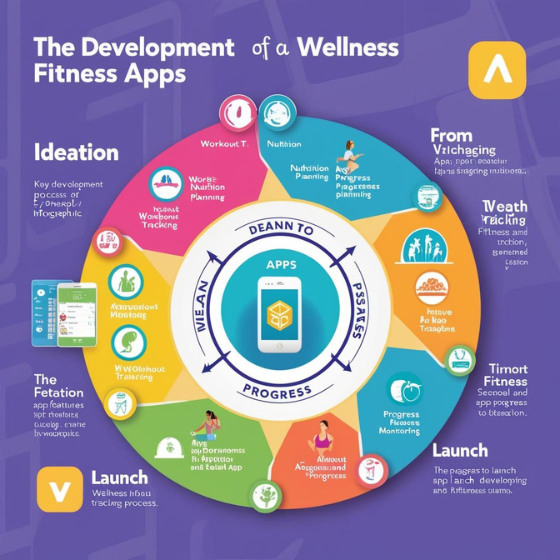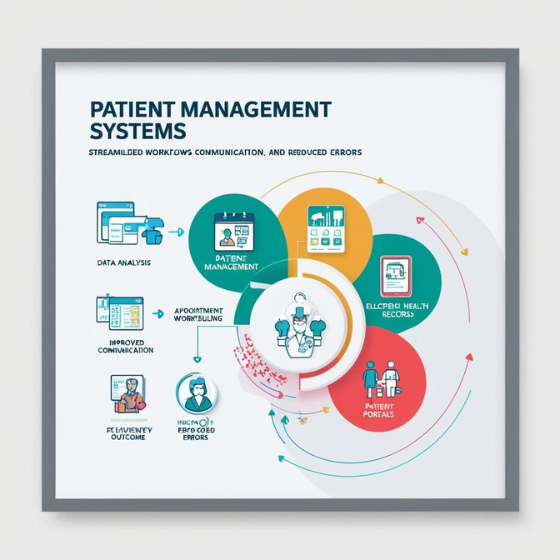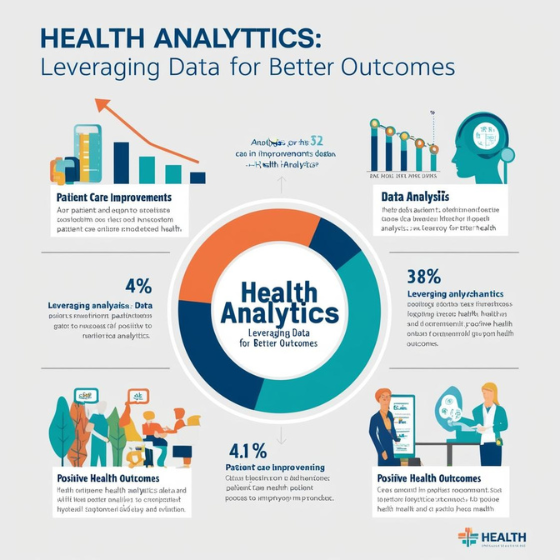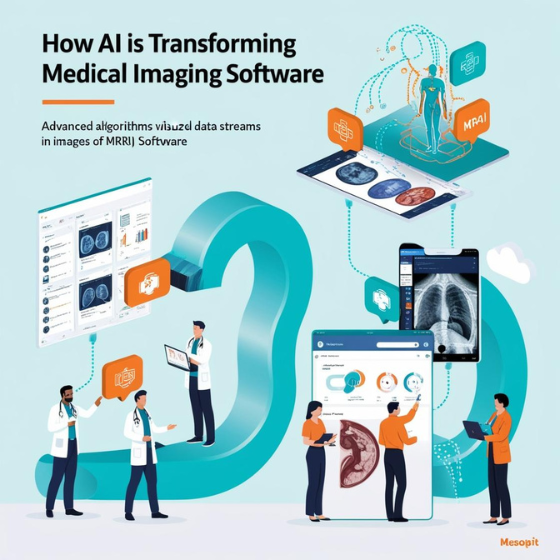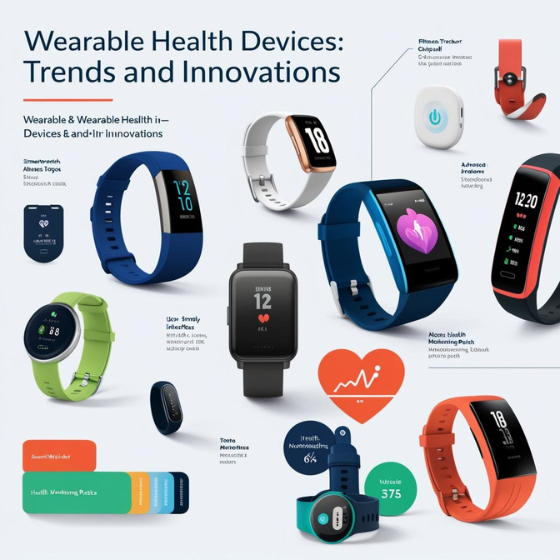The Role of Telemedicine in Modern Healthcare
Did you know that telemedicine consultations surged by 154% in 2020 compared to the previous year? With technology reshaping industries, healthcare has emerged as a significant beneficiary. The Role of Telemedicine in Modern Healthcare is not just a buzzword but a revolution that has transformed the way we access and deliver medical services.
In this blog, we’ll dive into the transformative power of telemedicine, explore its benefits, address challenges, and provide actionable insights into its future. By the end, you’ll understand why telemedicine is a cornerstone of modern healthcare and how businesses like Sodio can help healthcare providers implement robust telemedicine solutions.
Understanding Telemedicine
Telemedicine uses digital platforms to deliver medical services and consultations remotely. Through video conferencing, mobile apps, and secure messaging, patients can connect with healthcare providers from the comfort of their homes.
Key Features of Telemedicine:
- Remote Consultations: Seamless communication between doctors and patients.
- E-Prescriptions: Digitally prescribed medications for quick access.
- Monitoring Chronic Conditions: Devices and apps to track patient vitals remotely.
The shift to telemedicine ensures healthcare is accessible, efficient, and cost-effective. Sodio specializes in creating custom telemedicine apps, tailored to the specific needs of healthcare providers.
Benefits of Telemedicine in Modern Healthcare
1. Enhanced Accessibility
In rural or underserved areas, access to specialists can be challenging. Telemedicine bridges this gap by connecting patients to doctors irrespective of location.
? Example: A patient in a remote village consults a cardiologist via a mobile app without traveling miles to the nearest city.
2. Cost Efficiency
Telemedicine significantly reduces costs for both patients and providers by cutting down travel, infrastructure, and administrative expenses.
3. Improved Patient Engagement
With tools like real-time updates, reminders, and follow-ups, telemedicine encourages patients to stay proactive about their health.
Looking for ways to develop a patient-centric telemedicine platform?
Challenges and How to Overcome Them
1. Data Security and Privacy
Handling sensitive patient information is critical. Without robust security measures, telemedicine platforms can be vulnerable to breaches.
Solution: Implement end-to-end encryption, HIPAA-compliant systems, and regular security audits. Sodio’s expertise ensures secure telemedicine solutions tailored to your needs.
2. Technology Barriers
Not all patients are tech-savvy, and some regions face limited internet access.
Solution: Develop user-friendly interfaces and offline capabilities. Sodio’s UX/UI Design Services focus on simplicity and accessibility for diverse audiences.
3. Legal and Regulatory Compliance
Healthcare regulations vary by country, complicating global adoption.
Solution: Partner with experts who understand regional laws and can design compliant platforms.
Real-World Applications of Telemedicine
Chronic Disease Management
Telemedicine allows continuous monitoring and early intervention for conditions like diabetes or hypertension. Devices like wearable fitness trackers transmit real-time data to doctors.
Case Study: A telemedicine platform for a healthcare provider led to a 30% reduction in emergency visits for chronic patients.
Mental Health Support
Teletherapy sessions have gained immense popularity, offering a lifeline to patients during times of stress and isolation.
? Did you know? Online therapy usage grew by 65% during the pandemic.
Sodio has helped mental health startups launch secure and efficient platforms. Check out our Case Studies to learn more.
The Future of Telemedicine
Integration with AI and Machine Learning
AI-powered chatbots can provide instant responses, triage patients, and analyze symptoms.
Wearables and IoT Integration
Wearable devices combined with IoT can deliver real-time health data, empowering both patients and providers.
Expansion of Telehealth Services
The future lies in integrating telemedicine with telehealth, encompassing broader services like physical therapy, radiology, and nutrition counseling.
At Sodio, we help businesses stay ahead by leveraging the latest technologies in telemedicine. Contact us to learn more about Blockchain Solutions for Healthcare that enhance trust and security in telemedicine systems.
Why Choose Sodio for Telemedicine Solutions?
Sodio is a trusted partner in developing advanced telemedicine platforms tailored to modern healthcare needs. Our services include:
- Custom Telemedicine App Development
- AI and ML Integration
- Compliance with Healthcare Standards
Let us help you create an efficient and scalable telemedicine solution. Get in Touch Today.
Conclusion
The Role of Telemedicine in Modern Healthcare is undeniable. From improving accessibility to driving cost efficiency, telemedicine is shaping the future of healthcare delivery. By addressing challenges like data security and tech barriers, businesses can unlock its full potential.
Ready to transform your healthcare services? Explore Sodio’s Mobile App Development Services, Blockchain Solutions, and UX/UI Design to build innovative telemedicine platforms.
Start your journey today—because the future of healthcare is here.
